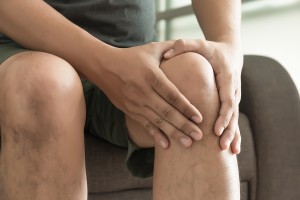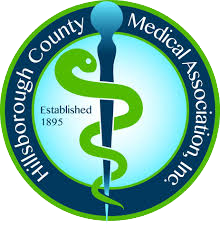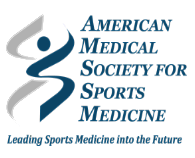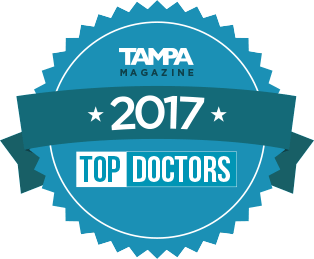 If you’ve done some digging on the latest orthopedic treatments, you’re probably familiar with buzzwords like stem cells, regenerative medicine, and PRP. You may also be aware that PRP is an exciting advancement in the field of orthopedics, in addition to other areas like dentistry and even hair loss treatment. So, what is PRP exactly, and why are so many orthopedic physicians recommending this treatment to their patients? Let’s find out.
If you’ve done some digging on the latest orthopedic treatments, you’re probably familiar with buzzwords like stem cells, regenerative medicine, and PRP. You may also be aware that PRP is an exciting advancement in the field of orthopedics, in addition to other areas like dentistry and even hair loss treatment. So, what is PRP exactly, and why are so many orthopedic physicians recommending this treatment to their patients? Let’s find out.
The Basics of Orthopedic PRP
PRP is short for platelet-rich plasma. Plasma is a substance found in blood that contains growth factors, which are special proteins that facilitate cell growth. Unlike many traditional orthopedic treatments that focus on easing uncomfortable symptoms, the goal of PRP is to promote healing in damaged tissues. Treatment entails separating plasma from other components in a blood sample, concentrating it, and carefully injecting it directly into the injured area.
How Does Orthopedic PRP Treatment Work?
PRP is usually an outpatient treatment that takes about an hour to complete. Here’s what it involves:
- A small blood sample is drawn from the patient.
- The blood sample is placed into a centrifuge—a special machine that spins around quickly to isolate plasma from other blood components.
- The plasma is highly concentrated for maximum potency.
- The concentrated plasma is injected into the area of concern, sometimes with the assistance of imaging technologies to pinpoint the location of the injured structure. Local anesthetic may also be used to help numb the injection area and reduce any discomfort.
Because the patient’s own blood is used in PRP treatment, side effects are typically minimal and the risk of an allergic reaction is low.
When Is Orthopedic PRP Used?
PRP treatment is sometimes appropriate for patients with chronic tendon injuries, acute muscle and ligament injuries, and certain types of early-stage arthritis. Examples of conditions that may improve with PRP include:
- Achilles tendonitis
- Rotator cuff tendonitis
- Jumper’s knee
- Hamstring strains
- Knee sprains
- Knee osteoarthritis
- Golfer’s elbow
- Tennis elbow
PRP can also be used to help accelerate the healing process following surgery to repair torn ligaments or tendons.
PRP Treatment at Tampa Orthopaedic & Sports Medicine Group
Tampa Orthopaedic & Sports Medicine Group—a division of Florida Medical Clinic—is pleased to bring advanced treatments like PRP therapy to Tampa-area residents. Founded in 1949 by Dr. Donald Hedrick, our practice is the longest operating in the area and is currently led by Dr. Daniel Murphy and Dr. Arnold Ramirez—two board-certified specialists who also serve on the medical staffs of the Tampa Bay Buccaneers and the New York Yankees.
We encourage you to schedule an appointment at Tampa Orthopaedic & Sports Medicine Group if you’re interested in learning about PRP therapy and if it’s right for you. Our physicians also excel in other progressive orthopedic treatments, such as viscosupplementation, stem cell therapy, and various minimally invasive procedures. Come see us! Our office is located in buzzing South Tampa on South Howard Avenue.












